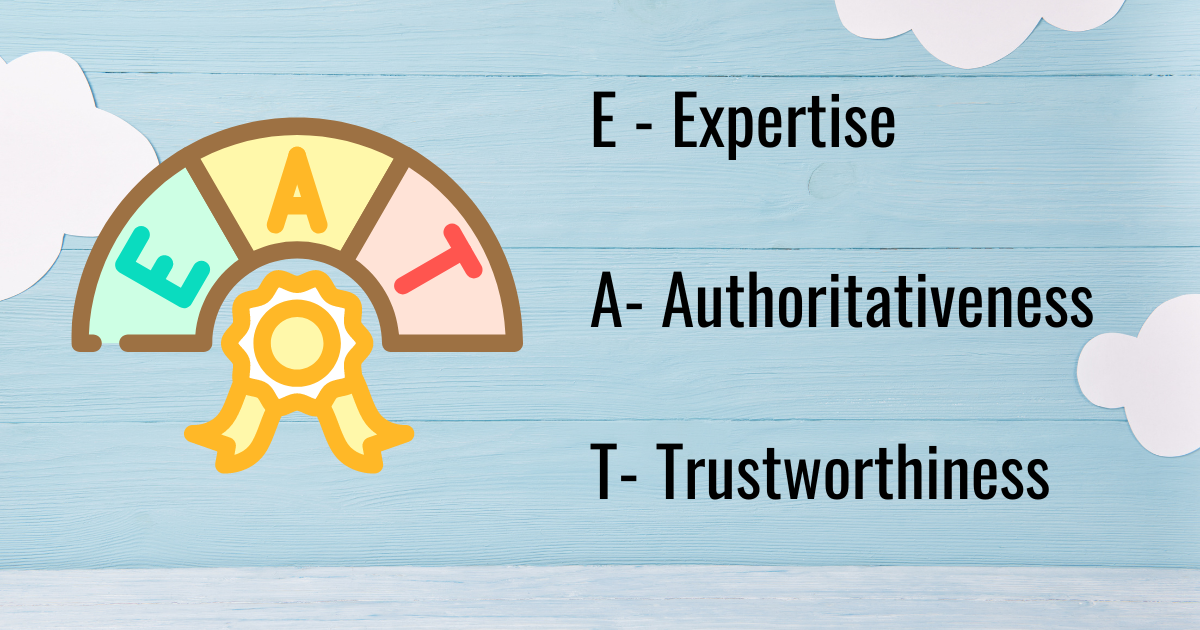Table of Contents
Website design has changed a lot over time. It began with simple digital posters and now has become more dynamic and interactive. This shift happened because of new technology and what people want.
Since the early 1990s, designers have been trying out new looks for websites. At first, websites were just plain text with few pictures and a basic structure of headings and paragraphs. Over time, the way websites were designed evolved. A website designing company initially utilized table-based designs, followed by more elaborate ones incorporating Flash, before transitioning to modern designs employing CSS.
So, let's look at how websites used to be, how they are now, and what might happen in the future.
The Past: Static Pages and Basic HTML
Back in the 1990s, when the internet was just starting, websites were pretty basic. They mainly used simple HTML for static pages, meaning they didn't have much fancy design or interactive features. The focus was more on providing information rather than making things look nice or easy to use.
As time went on and the internet became more popular, web designers started using new technologies. They brought in Cascading Style Sheets (CSS) to have more control over how web pages looked. JavaScript also came into play, allowing developers to add interactive elements and make websites more dynamic.
The transition from static HTML pages in the early days to the adoption of CSS and JavaScript marked a significant shift. This shift paved the way for more visually appealing and user-friendly websites. With CSS, designers could enhance the look and feel of web pages, while JavaScript added the ability to create interactive elements, making the online experience more engaging for users. As technology continued to advance, these foundational changes set the stage for the dynamic and sophisticated websites we have today.
The Present: Responsive Design, User Experience, and Minimalism
In today's world, making websites has changed a lot to meet the needs of a diverse group of people who use technology. One big change is using responsive design because many people use smartphones and tablets with different screen sizes. Responsive design helps websites look good and work well on all kinds of devices, making it easy for people to use them.
Nowadays, when designing websites, making sure users have a good experience is really important. Designers focus not only on making things look good but also on making the website easy to use and navigate. They use design principles that focus on what users want, test how easy the website is to use and make decisions based on data.
A popular trend in today's website design is keeping things simple. This means using clean and neat layouts, easy-to-use navigation, and only a few colors. This not only makes websites look good but also helps them load faster, which is important because people often lose interest quickly.
Using systems like WordPress, Joomla, and Drupal has made it easy for regular people and businesses to create and manage their websites. These systems provide templates and add-ons that can be customized, making it possible for people without much coding knowledge to have their websites.
The Future: AI Integration, VR, and Beyond
Looking into the future, the way websites are designed is expected to become even more exciting. Artificial Intelligence (AI) will play a big part, in making user experiences more personal by analyzing data and learning from it. Imagine having chatbots, virtual assistants, and content suggestions tailored just for you based on your preferences and behaviors - that could become the norm.
Virtual Reality (VR) and Augmented Reality (AR) are set to change how we interact with websites. Picture being able to virtually explore a property or try out a product online before buying it - that's the kind of immersive experience VR and AR could bring to web design.
The Internet of Things (IoT) is another thing to watch out for. As more devices get connected, websites might integrate with smart homes, wearable tech, and other IoT gadgets, giving users a more connected digital experience.
Voice-activated interfaces are on the rise, thanks to virtual assistants like Siri, Alexa, and Google Assistant. As more people use voice search, websites might need to change how they're designed. This means focusing on making content conversational and using a more natural language structure to be voice-search-friendly.
Conclusion
Website design has changed a lot because the internet and what people want from websites keep changing. It started with basic web pages and now focuses on designs that work well on different devices, are easy to use, and look simple.
Looking ahead, we expect even more changes with the use of things like AI, VR, AR, IoT, and voice commands. The important thing will be to find a good balance between trying new things and making sure websites are still easy and enjoyable for people to use. The changes in website design are ongoing, and there are lots of exciting possibilities for the future. If you’re looking for a Website design company, contact MasterBazar. We make sure that we keep changing our practices with time and keep your business in the best shape.
Author - Sunny J.
Sunny J. is a seasoned content writer with 8 years experience in web development, software development and digital marketing content across multiple formats. He leverages his skills in crafting curated content on the web technology and digital marketing. In his personal time, He enjoys reading article and being up-to-date on trends in marketing and website design.





